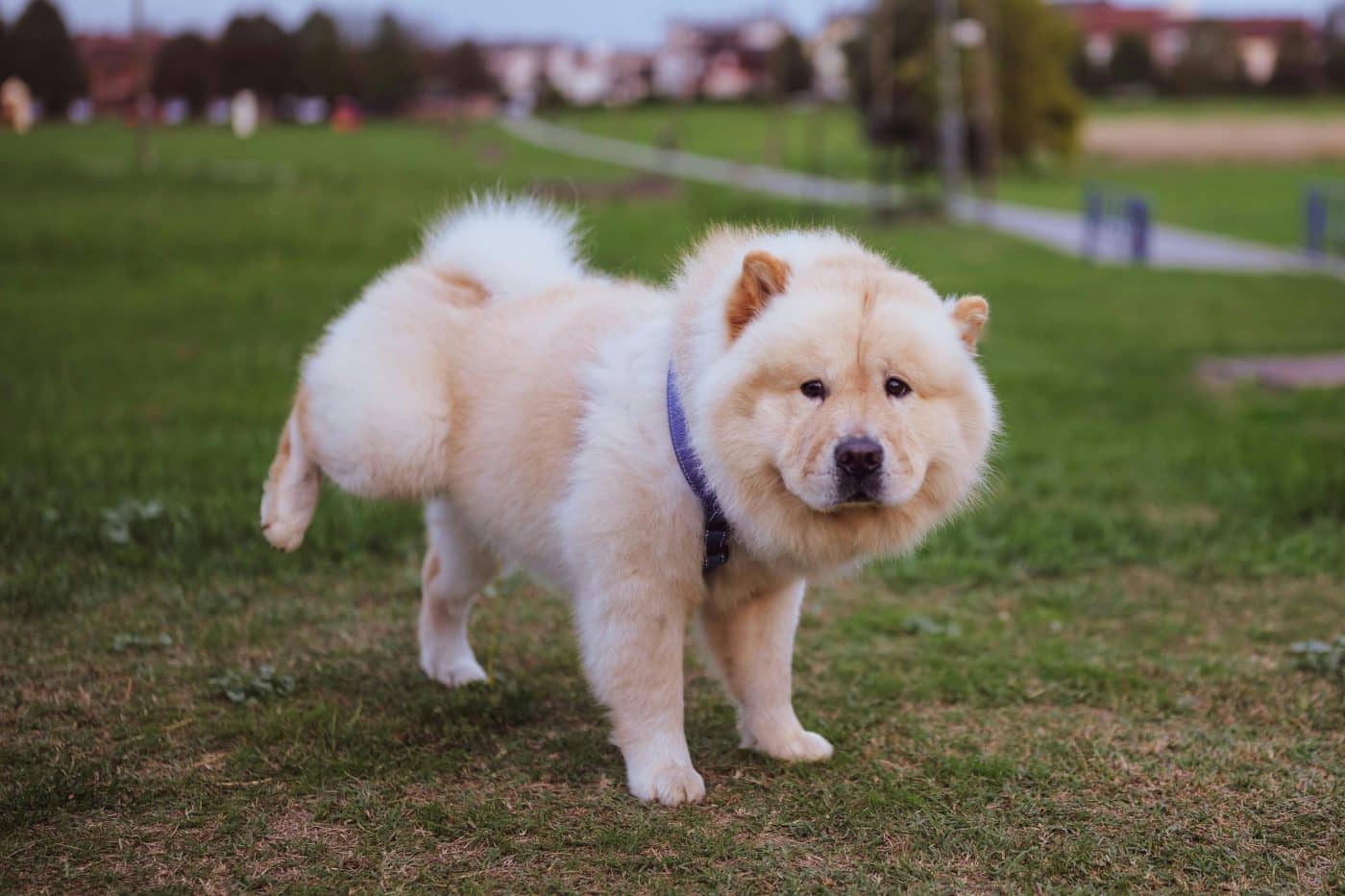 Shutterstock
Shutterstock
Long before dogs lounged on your couch or chased squirrels, some breeds lived lives of pure luxury—in ancient palaces, temples, and royal courts. These weren’t ordinary pups; they were pampered with silk, fed like royalty, and worshipped like divine beings. In many ancient cultures, certain breeds were so revered that only nobility could own them—commoners couldn’t even make eye contact. These dogs weren’t just pets; they were sacred symbols, elite companions, and sometimes believed to guard the path to the afterlife with a royal level of attitude.
Pekingese
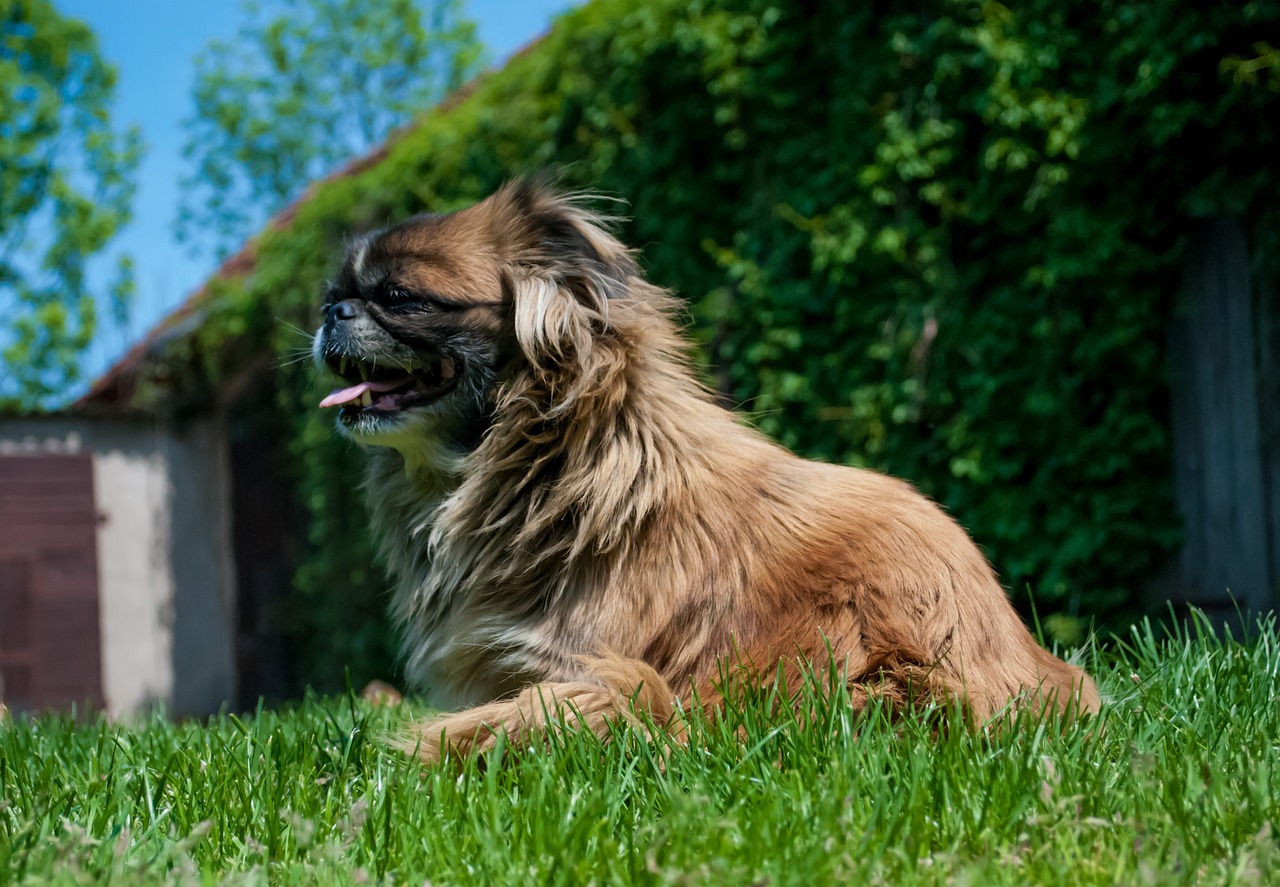 Shutterstock
Shutterstock
The Pekingese were the ultimate royal companions in ancient China, so exclusive that only members of the imperial court were allowed to own one. Bred to resemble tiny lions—a sacred Buddhist symbol—these dogs were treated with nearly godlike reverence. Legend says they were created when a lion fell in love with a marmoset, which sounds like a royal fairytale if there ever was one. Commoners weren’t even allowed to touch them, and stealing one was considered a crime worthy of execution. With their lion-like manes and regal attitudes, they didn’t just act royal—they had the paperwork to prove it.
Saluki
 Shutterstock
Shutterstock
The Saluki was treasured by Egyptian pharaohs, Persian kings, and other high-ranking nobility across the Middle East. This elegant, slender breed was seen as a divine gift from the gods and often found mummified next to royalty, indicating they were companions in life and the afterlife. Their unmatched speed and graceful beauty made them perfect for royal hunts and long, majestic struts through palaces. Salukis weren’t just allowed in royal courts but honored as sacred. You didn’t just adopt a Saluki back then; you were practically knighted into dog royalty.
Shih Tzu
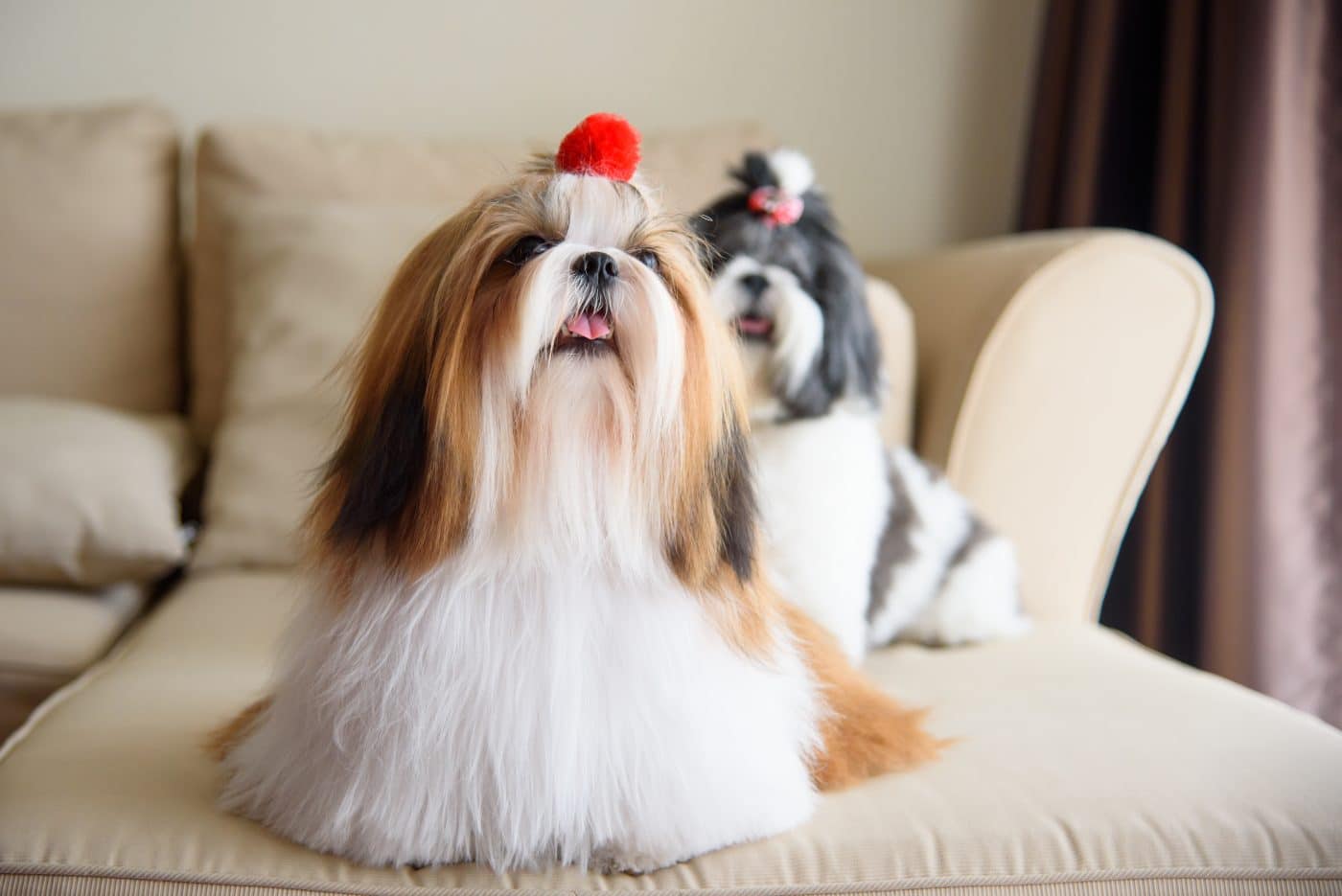 Shutterstock
Shutterstock
The Shih Tzu was literally bred for royalty in the Forbidden City of ancient China, where they were doted on by emperors and empresses. These dogs were kept as lap warmers, foot warmers, and all-around palace divas. Groomed daily and paraded around in opulence, Shih Tzus were never sold—only gifted as imperial tokens of favor. With their long, flowing coats and confident, regal stride, they were the original palace influencers. They didn’t just sit on silk cushions—they judged you from them.
Akita
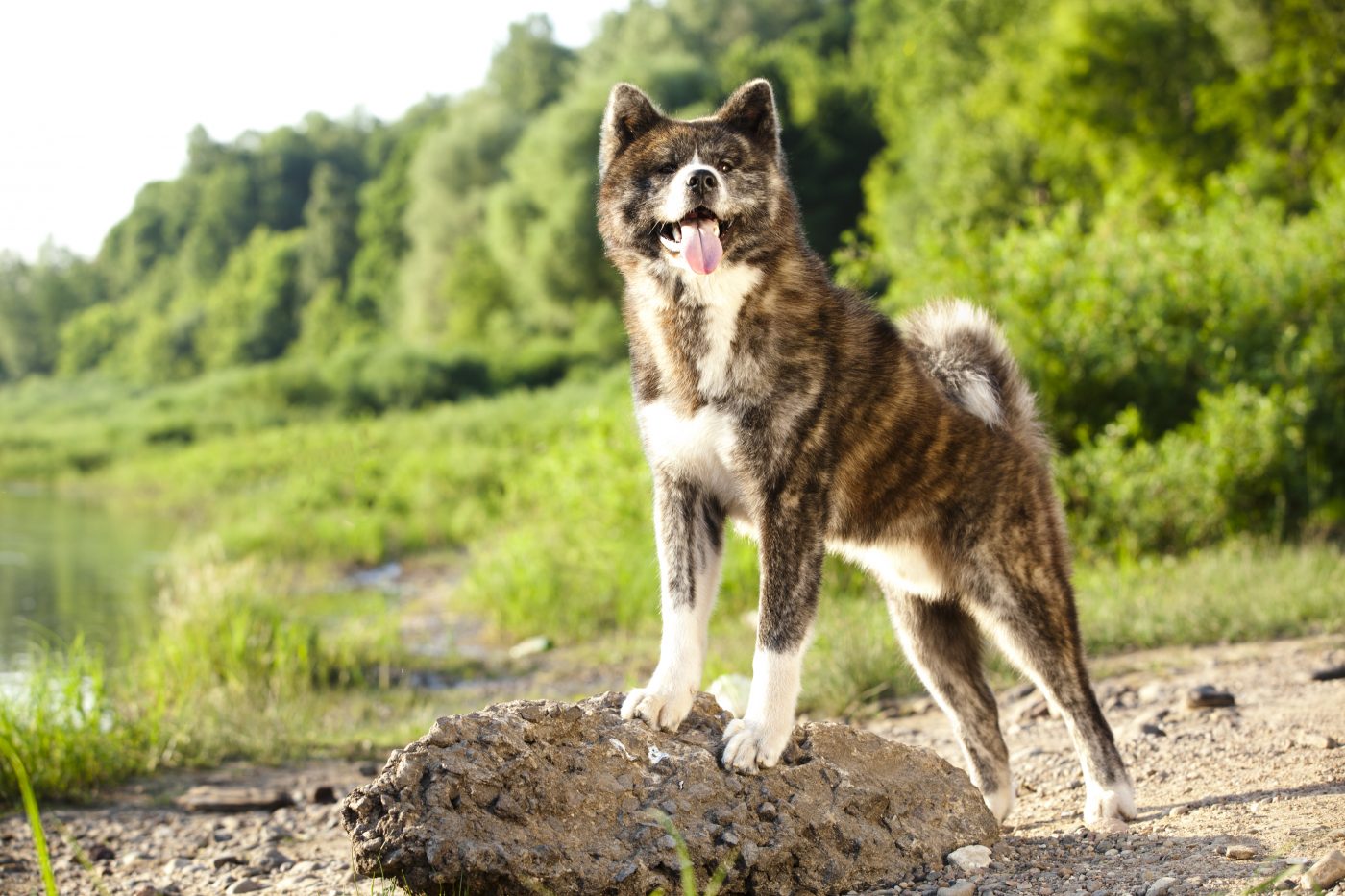 Shutterstock
Shutterstock
The Akita was considered a noble breed in feudal Japan, often owned by samurai and members of the imperial family. These large, powerful dogs were symbols of protection, health, and long life; owning one was considered a serious honor. So much so that Akitas were often sent as gifts to emperors, sometimes accompanied by a ceremonial set of feeding bowls and a hand-written scroll. Their bravery, loyalty, and stoic personality made them more than pets—they were royal bodyguards with paws. If they could wear armor, they probably would’ve asked for it in gold.
Lhasa Apso
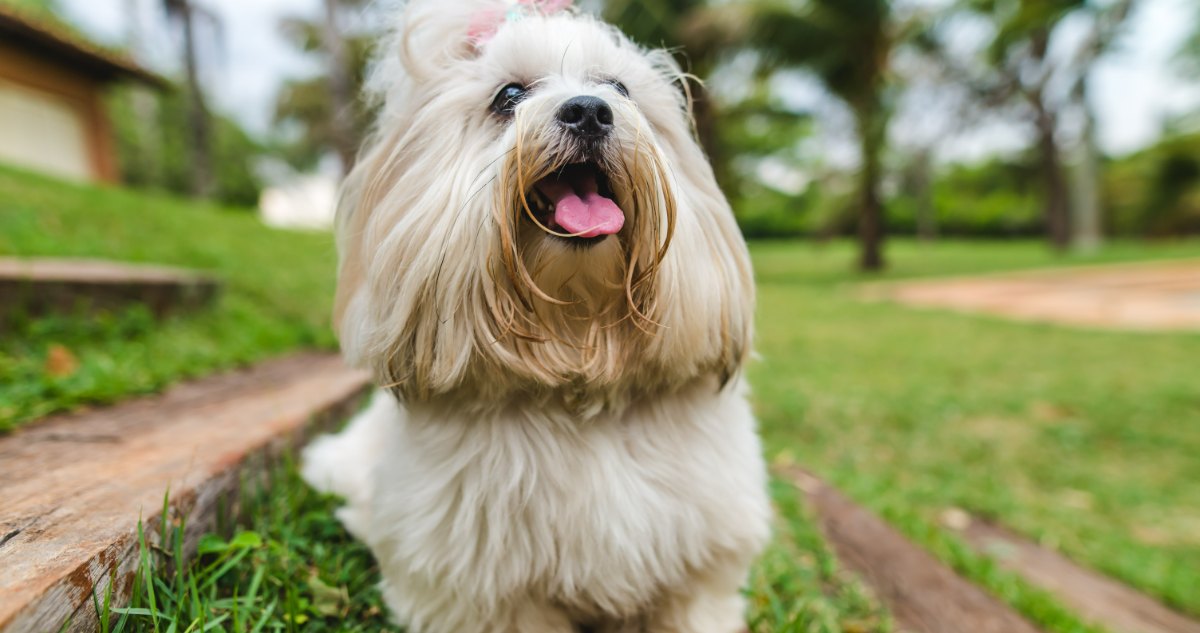 Shutterstock
Shutterstock
The Lhasa Apso was the sacred guardian dog of Tibetan nobility and Buddhist monks. These little furballs were never sold to outsiders—they were only given as treasured gifts to the most honored of guests. Considered bringers of good luck and spiritual protection, Lhasa Apsos were believed to house the souls of monks who didn’t quite finish their enlightenment journey. That’s one heck of a reincarnation gig. Living in palaces and monasteries, they were pampered and respected far beyond their tiny size. Basically, if a Lhasa Apso barked, even royalty listened.
Basenji
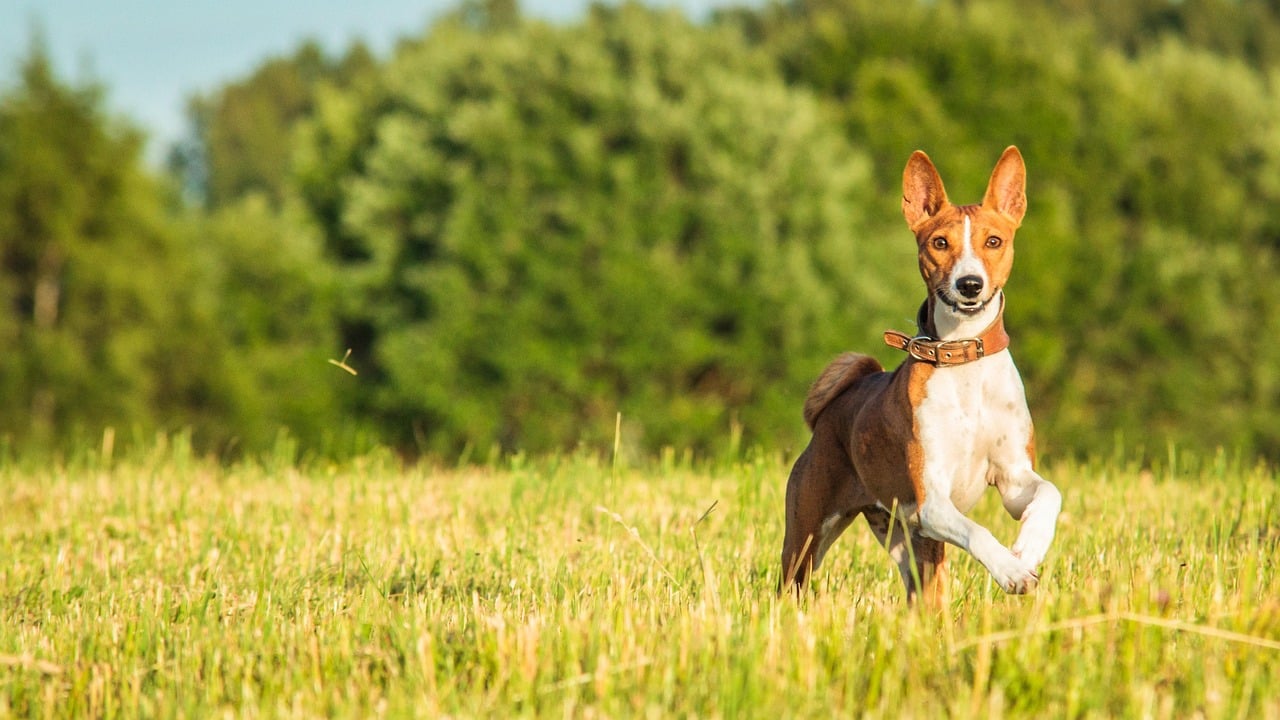 Shutterstock
Shutterstock
The Basenji, often called the “barkless dog,” was beloved by ancient Egyptian pharaohs and nobility for its quiet nature and sharp hunting instincts. These sleek dogs were highly prized and can be found depicted in tombs and artwork, often wearing ornate collars and lounging beside royals. Their clean habits, poised demeanor, and mysterious vocalizations made them both majestic and slightly mystical. They weren’t just pets—they were fashionably silent guardians of royal households. If a pharaoh needed a dog that didn’t embarrass them at dinner, the Basenji was the go-to choice.
Pharaoh Hound
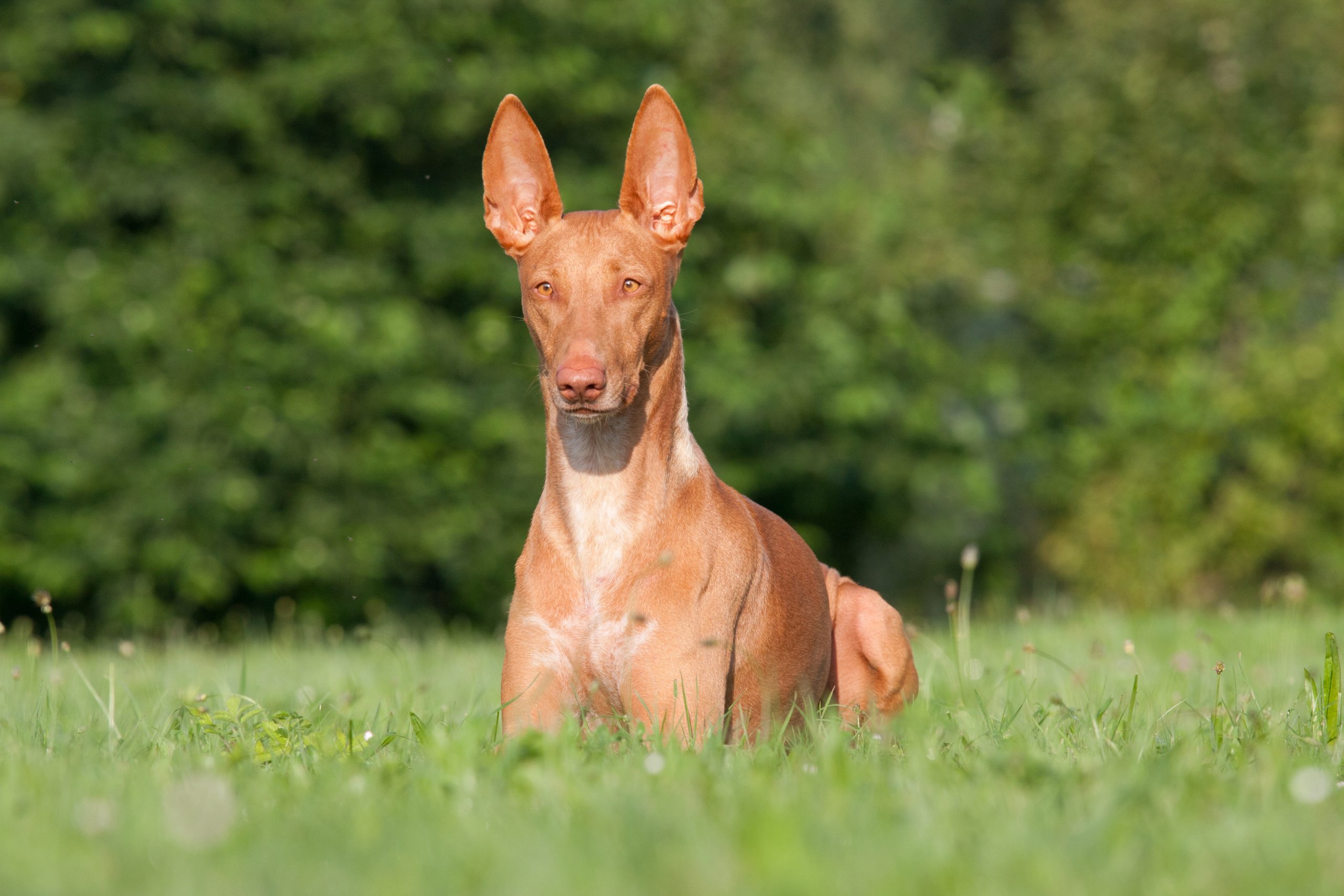 Shutterstock
Shutterstock
Despite the name, the Pharaoh Hound hails from Malta but is often associated with ancient Egypt due to its resemblance to dogs depicted in pharaonic art. These sleek, muscular dogs were used by nobility to hunt game and were admired for their speed, agility, and striking appearance. They have a unique ability to “blush,” with their ears and nose turning rosy when excited—which probably delighted ancient rulers and impressed visiting dignitaries. Though their lineage is debated, their royal reputation is not. They were clearly treated like the elite athletes of the dog world—who just so happened to lounge in royal chambers.
Xoloitzcuintli
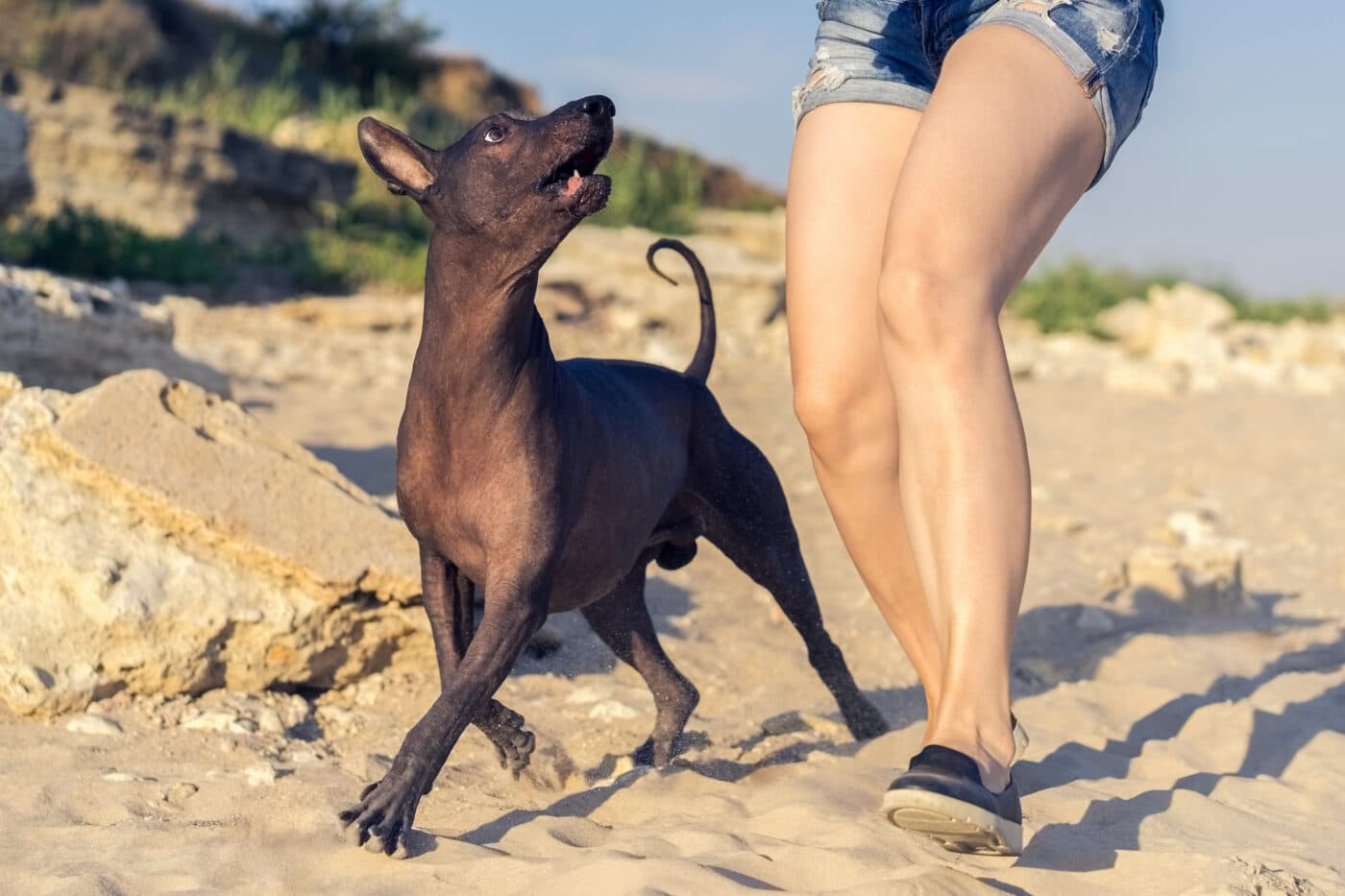 Shutterstock
Shutterstock
The Xoloitzcuintli (bless you) is one of the oldest known dog breeds in the Americas and was considered sacred by the Aztec, Toltec, and Maya civilizations. These hairless wonders were believed to ward off evil spirits and guide souls through the underworld. Because of their spiritual significance, Xolos were often found in temples and noble homes, receiving treatment rivaling the gods. Only the elite had the privilege of owning them, and they were so revered that they were often sacrificed and buried alongside their humans to help guide them in the afterlife. In other words, even in death, these dogs had VIP passes.
Chow Chow
 Shutterstock
Shutterstock
The Chow Chow traces its regal roots back to ancient China, where it was revered by emperors and noble families alike. With its lion-like mane and famously aloof attitude, the Chow Chow wasn’t just a companion—it was a living symbol of prestige and protection. Royal households employed these dogs as guards, hunters, and even war dogs, but they were also known to be pampered by Chinese nobility like tiny, fuzzy aristocrats. Their unique appearance and stoic temperament earned them a place in imperial art and culture, and owning one was a clear status symbol. Basically, if a cloud and a lion had a royal baby—it would be a Chow Chow.
The Final Woof on Ancient VIP Pups
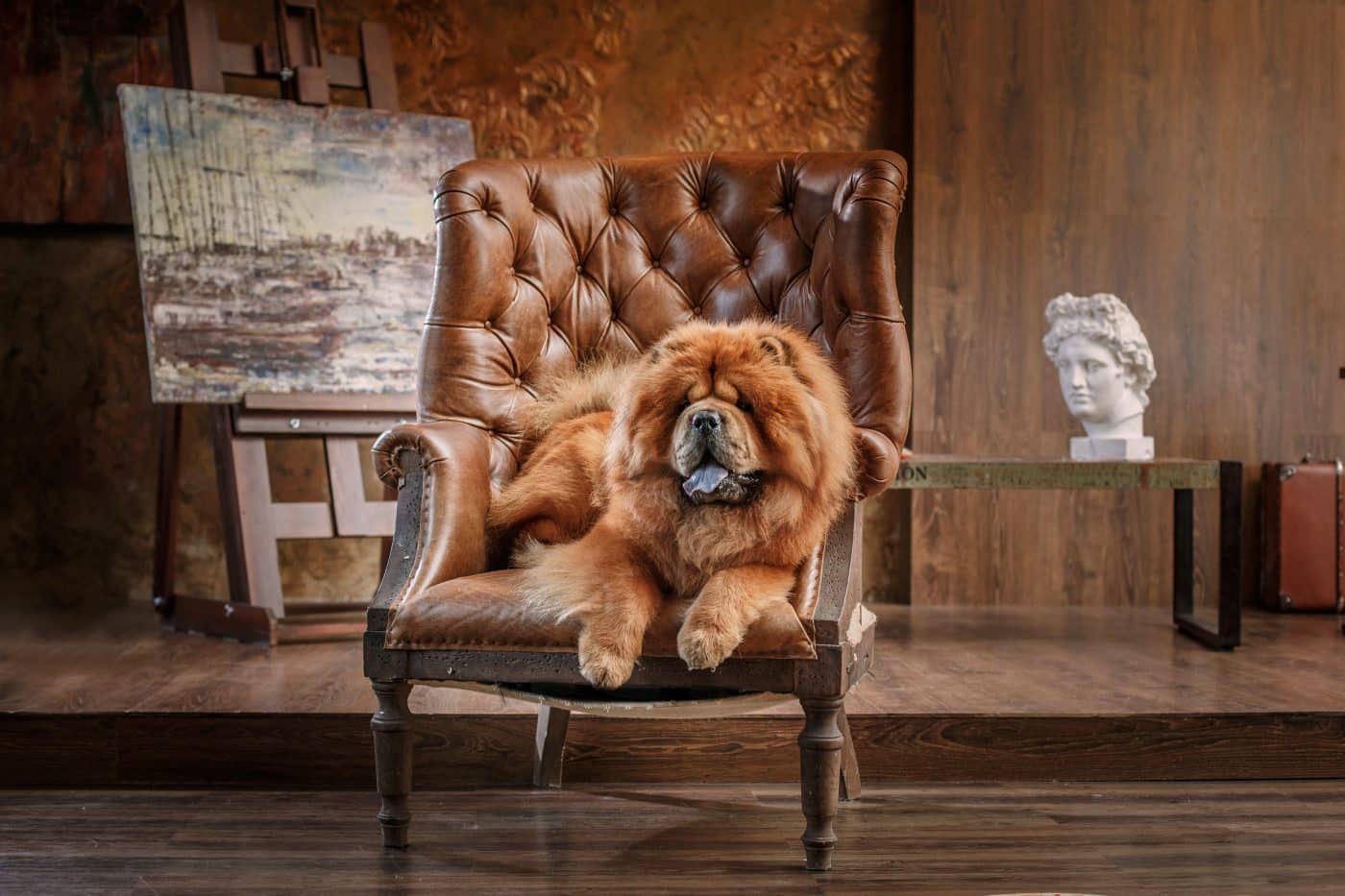 Shutterstock
Shutterstock
The gloriously pampered dog breeds that didn’t just walk among royalty; they were royalty (without the inheritance taxes). From palace protectors to divine guides, these canines were the original aristopups—spoiled, sacred, and steeped in ceremonial status. While your dog may demand belly rubs and the occasional gourmet treat, these ancient breeds had entire empires catering to their whims. So next time your pup gives you a royal stare-down over dinner, just remember—they might be channeling an ancient monarch in a fur coat. Long live the royal woofs!
 Toledo, United States.
Toledo, United States.
